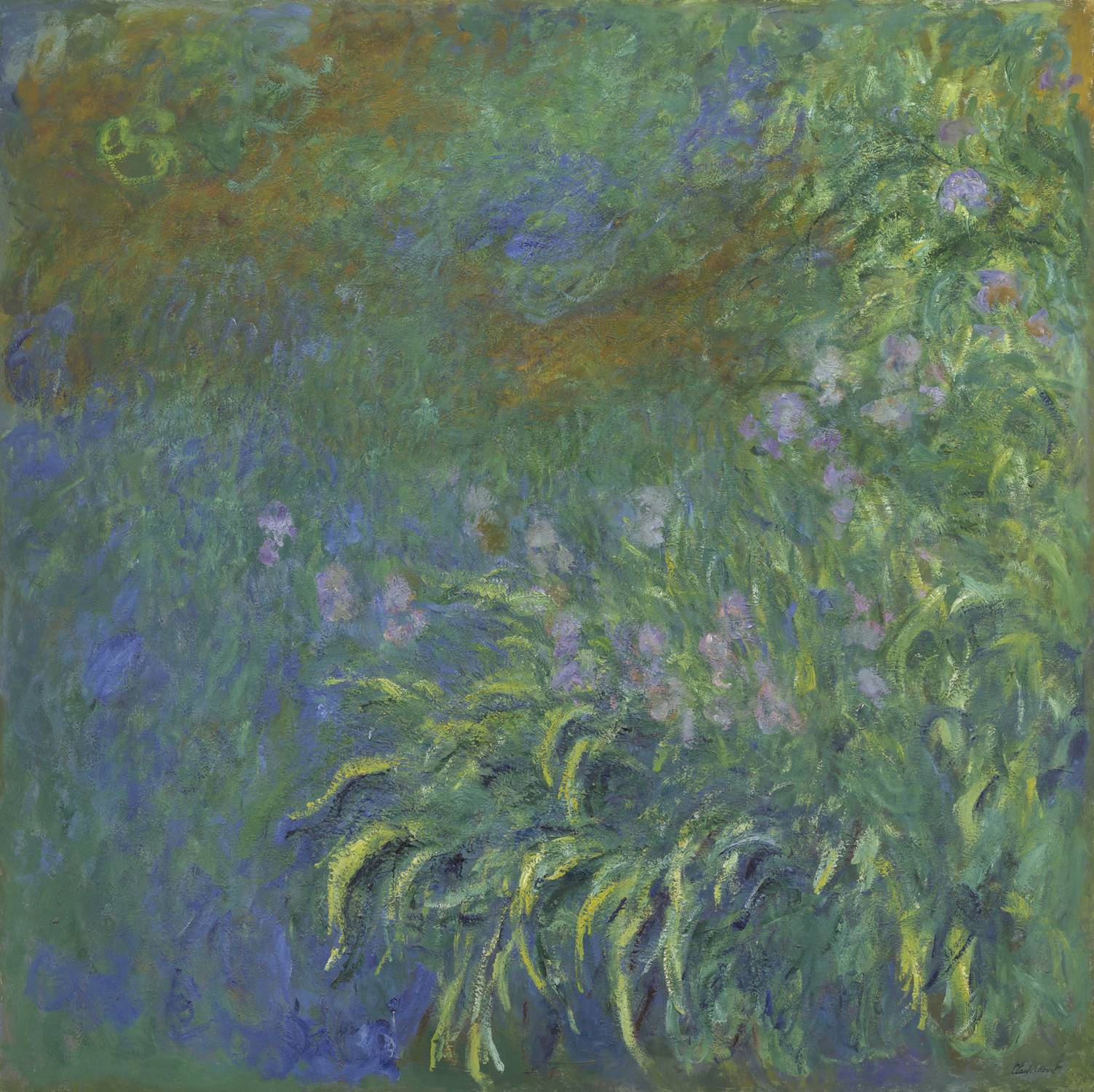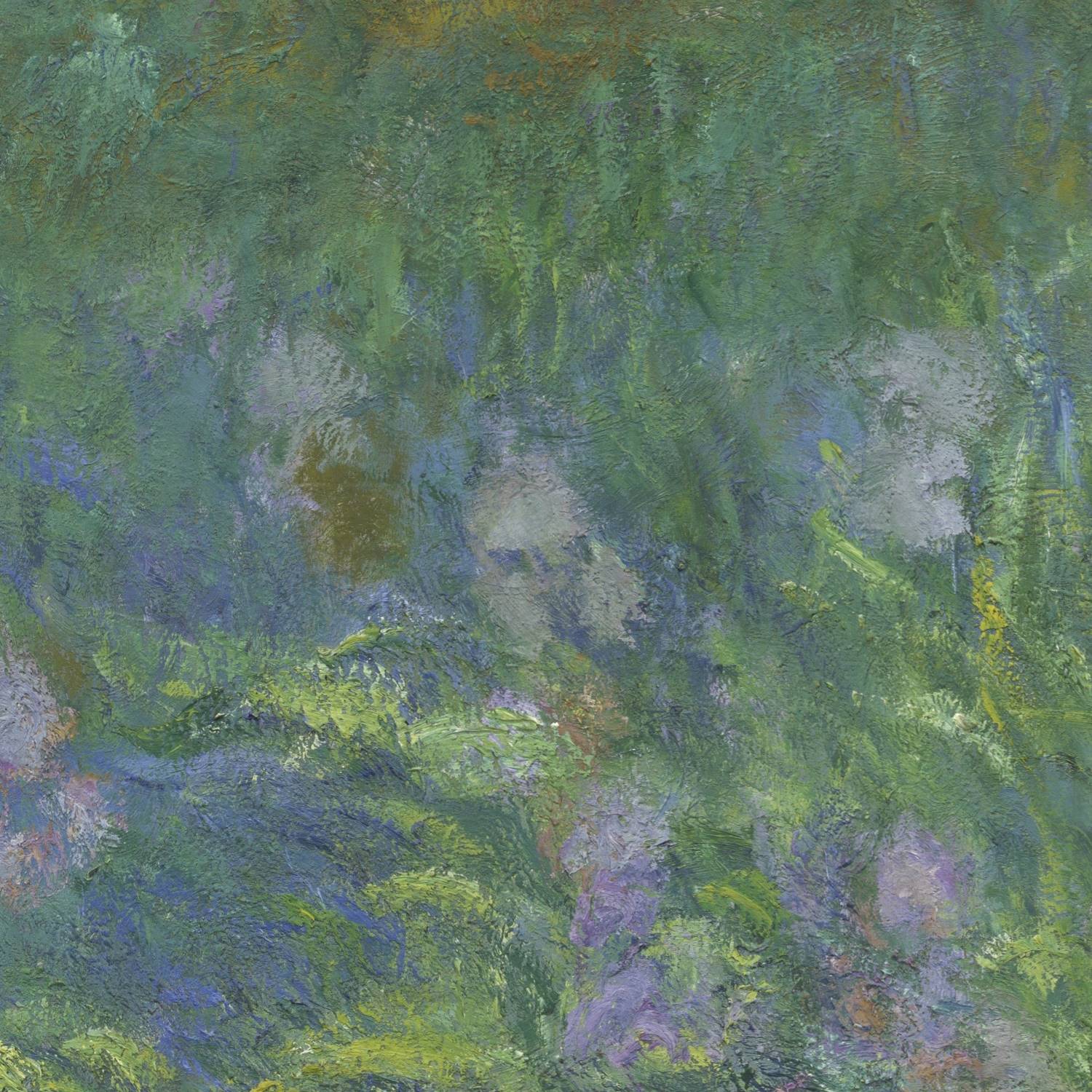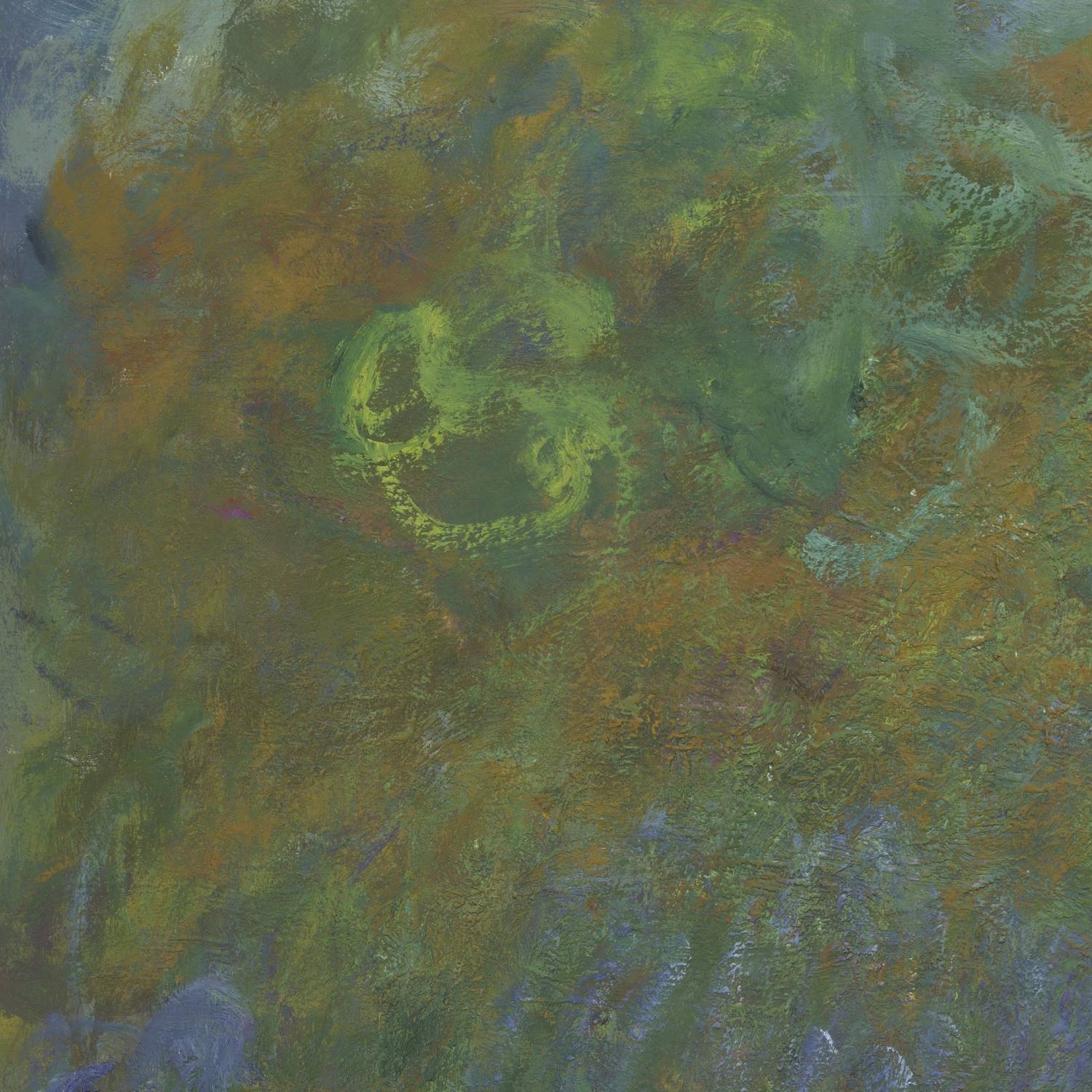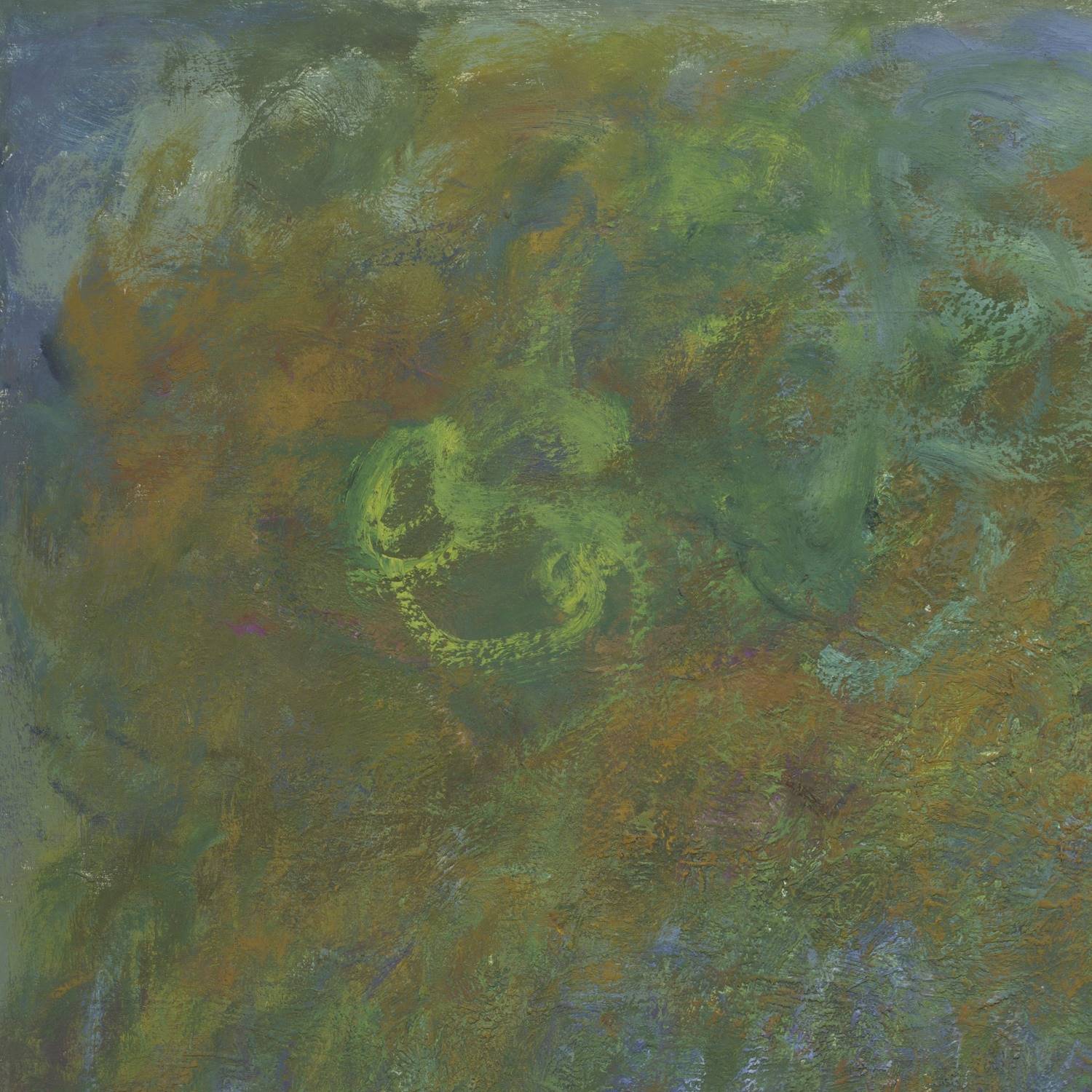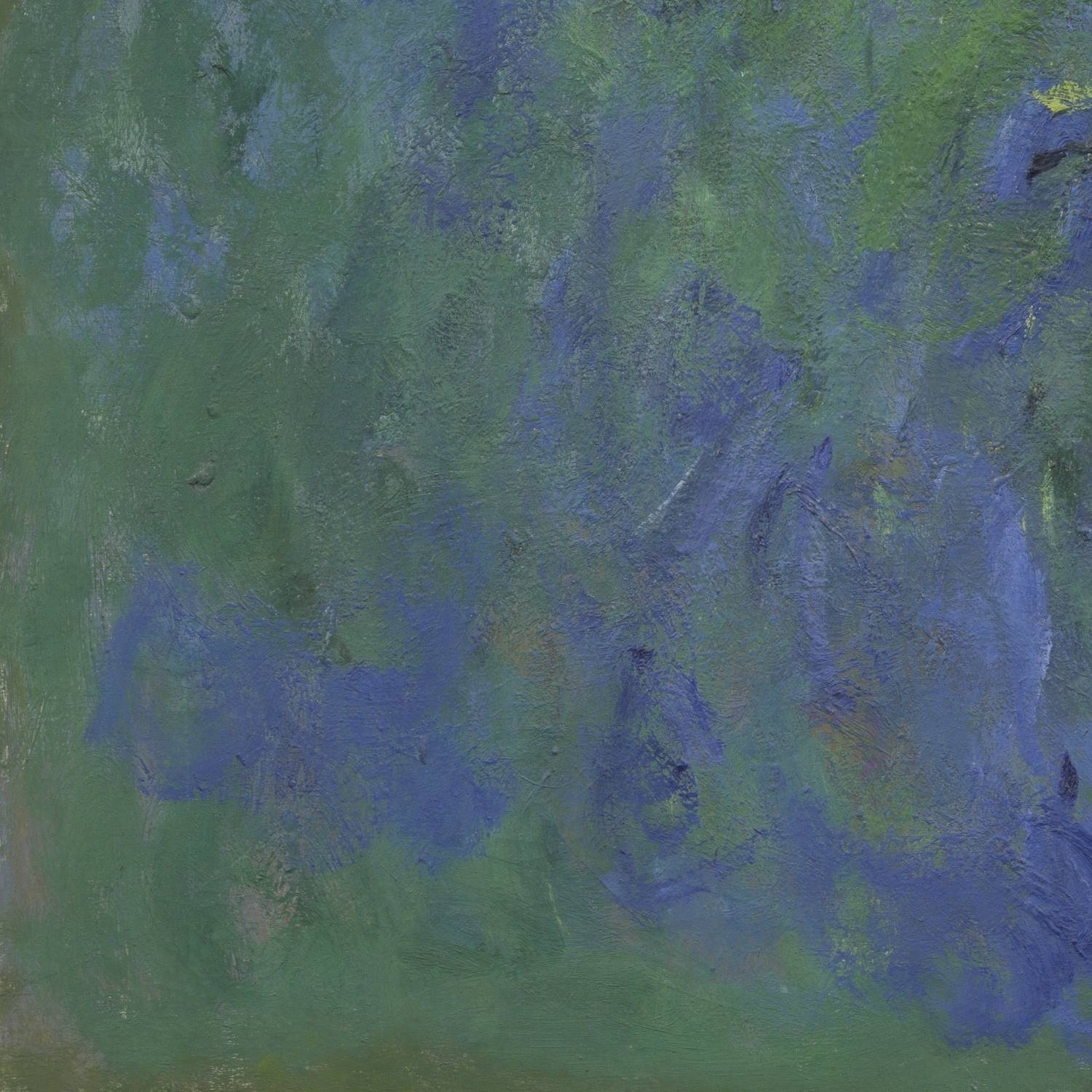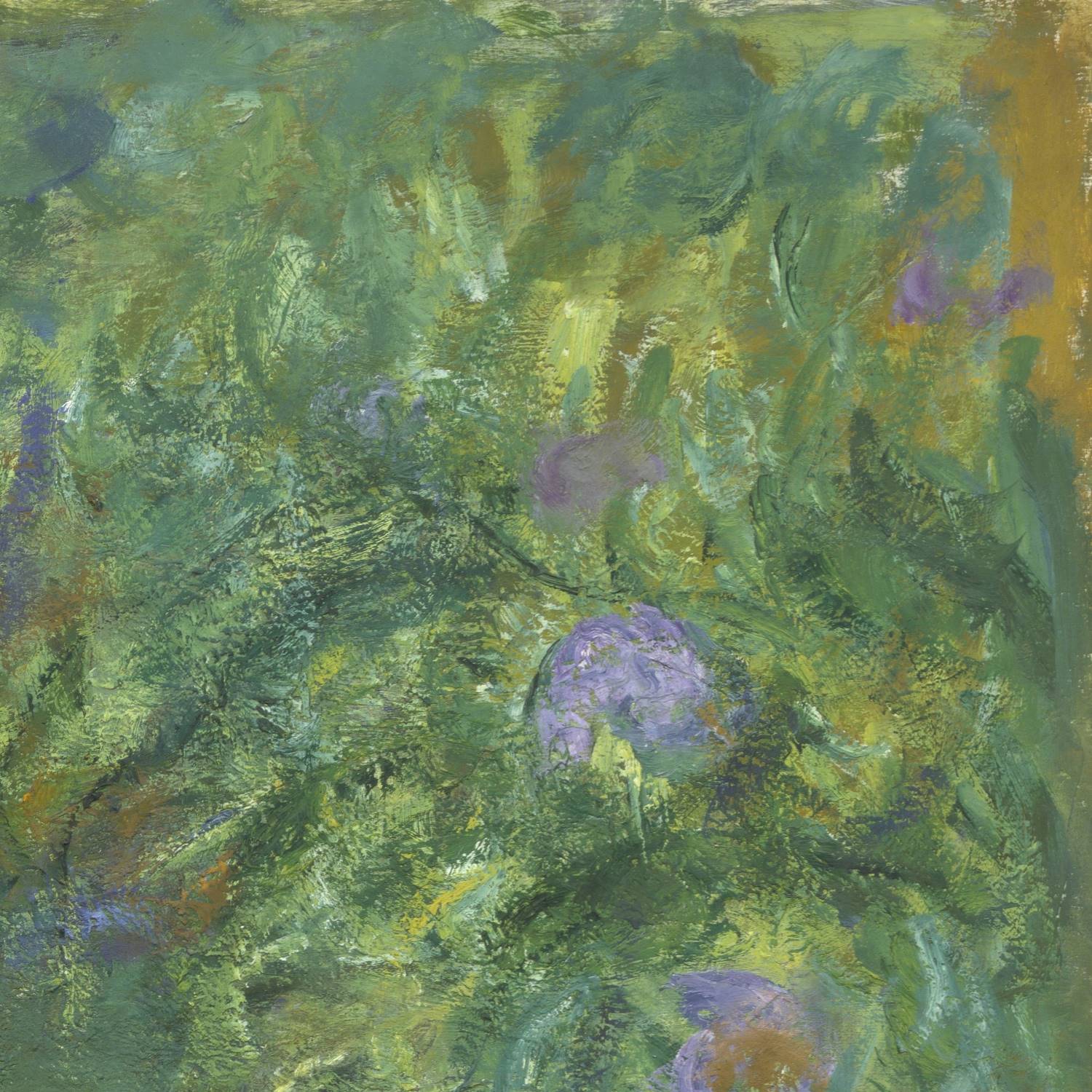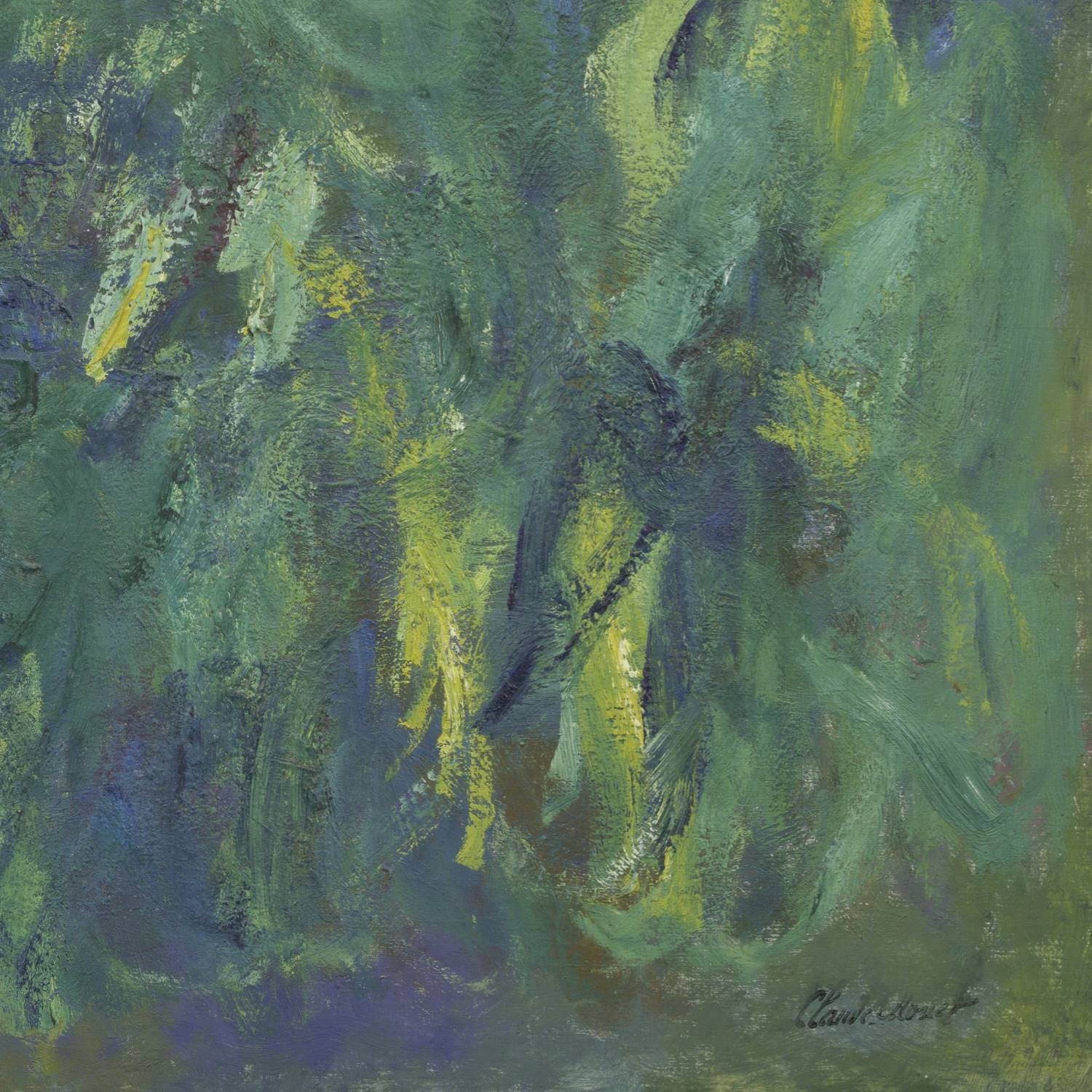Couldn't load pickup availability
Claude Monet, one of the founding figures of the Impressionist movement, created "Irises" in 1917. This radiant painting is a part of his series of works that capture the serene beauty of his beloved garden in Giverny. Known for his extraordinary ability to depict light and color, Monet's "Irises" stands as a testament to his mature style and his profound connection with nature.
"Irises" features a vibrant array of iris flowers, their tall, elegant stems and delicate petals rendered with Monet's characteristic loose brushwork. The composition is filled with a variety of colors, including deep blues, purples, and greens, creating a lush, almost dreamlike scene. The irises are depicted in full bloom, their rich hues standing out against a backdrop of verdant foliage and dappled sunlight. This arrangement creates a sense of depth and movement, inviting viewers to immerse themselves in the tranquil garden setting.
Monet’s "Irises" goes beyond a simple botanical study. The irises, often associated with wisdom and hope, could symbolize the artist’s enduring connection to nature and his ongoing quest to capture its essence on canvas. Painted during the later years of Monet's life, this work reflects his meditative approach to art and his deep appreciation for the beauty of his garden. The painting can be seen as a celebration of life and renewal, a theme that resonates deeply given the context of its creation during the tumultuous times of World War I.
Monet’s technique in "Irises" exemplifies the hallmarks of Impressionism: the focus on light, color, and atmosphere. He uses broad, sweeping brushstrokes to create a sense of movement and spontaneity, capturing the fleeting effects of light on the flowers. The colors are applied in layers, allowing the hues to blend and interact in a way that mimics the natural play of sunlight on petals and leaves. This method creates a vibrant, almost shimmering effect, making the irises appear luminous and alive.
Monet's use of light in "Irises" is particularly noteworthy. He captures the way sunlight filters through the garden, casting dappled shadows and highlights that add depth and texture to the scene. This emphasis on light and its changing qualities is a key element of Monet's Impressionist style, and it brings a dynamic, almost ephemeral quality to the painting.
"Irises" was created during a period of great personal and global upheaval. Monet was in his late seventies, grappling with the challenges of aging and deteriorating eyesight, yet he continued to paint with remarkable vigor and creativity. The world was also in the midst of World War I, adding a layer of poignancy to his peaceful, idyllic garden scenes. Monet's work during this time, including "Irises," can be seen as a refuge from the chaos, a testament to the enduring power of nature and art.
Claude Monet’s "Irises" remains a celebrated piece within his extensive body of work and a significant example of late Impressionist painting. Its vibrant colors, masterful depiction of light, and emotive portrayal of natural beauty continue to captivate audiences and inspire artists. The painting exemplifies Monet’s ability to transform a simple garden scene into a profound and luminous work of art.
In summary, Claude Monet’s "Irises" (1917) is a masterful depiction of floral beauty, showcasing the artist’s exceptional use of light and color. Through its dynamic composition and expressive brushwork, the painting captures the serene and timeless beauty of Monet’s garden, inviting viewers to appreciate the fleeting pleasures of nature. Monet’s work remains a testament to his enduring legacy as one of the foremost Impressionist painters, celebrated for his ability to bring everyday scenes to life with vibrancy and emotion.
Materials
Materials
Cotton canvas, matte photo paper, fine art paper, pigmented inks.
- The canvas it's 99 % cotton, 450 gr/sqm;
- The matte photo paper it's acid-free (archival paper), 190 gr/sqm;
- The fine art photo paper it's satinated (semi-glossy), 140 gr/sqm.
Shipping & Returns
Shipping & Returns
Dispatching time: 1-2 days.
* Standard shipping fee: The orders will be sent by priority registered mail, usually via client National Post (USPS, Canada Post, Royal Mail, LaPoste, Deutsche Post, PostNL, etc). The delivery times are not guaranteed, sometimes it will take longer and these are beyond our control. Tracking number will be provided. Clients from US and Canada cannot track the parcels as the tracking numbers are not rolled in USPS and Canada Post systems.
* UPS standard: The orders will be sent with UPS expedited option. The delivery time it's between 5-11 days. Tracking number will be provided after dispatch.
* UPS express: The orders will be sent with UPS express saver. The delivery time it's between 4-7 days. Tracking number will be provided after dispatch.
Framing tips
Framing tips
Both type of materials, paper and canvas prints come rolled and will be need to be taken to your local framers.
The image it's printed with a border of 0.6 " (1.5 cm), for framing purposes only.
If you have already a frame, be sure you send us the exact size of the print that will fit inside the frame. We're printing on vectorial plotters so the size could slightly be more or less with 0.4" (1 cm).
If you plan to have the canvas print stretched on wooden frame, you'll need additional border, so please let us know after placing the order.
The images above was cropped from the image at the biggest size available (keeping the best quality and aspect /ratio), so, for good details please choose biggest dimensions that will suit your preferences / space.
Care Instructions
Care Instructions
The print media (canvas or photo paper) could be cleaned only with a dry, soft cloth.
Share
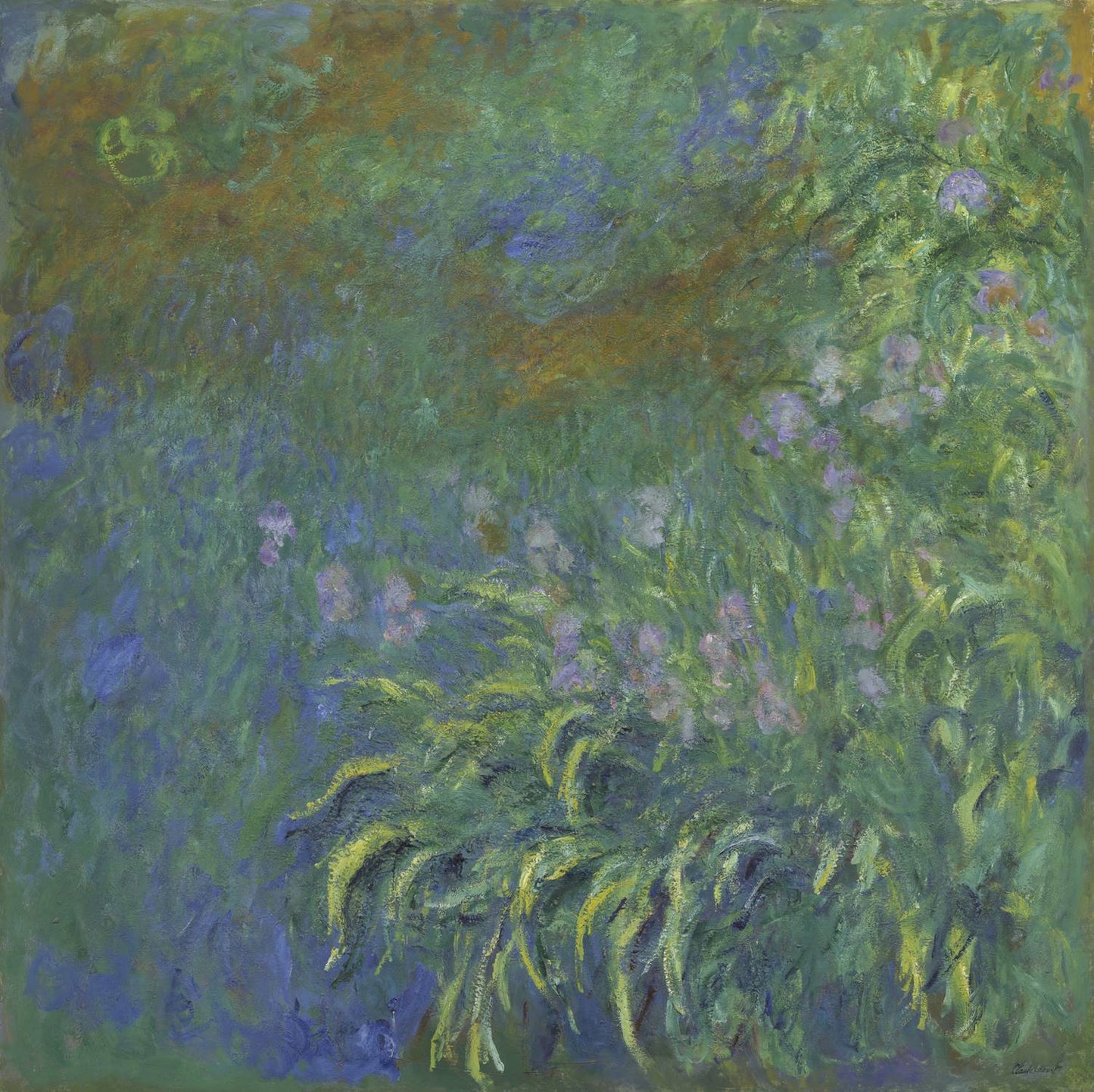
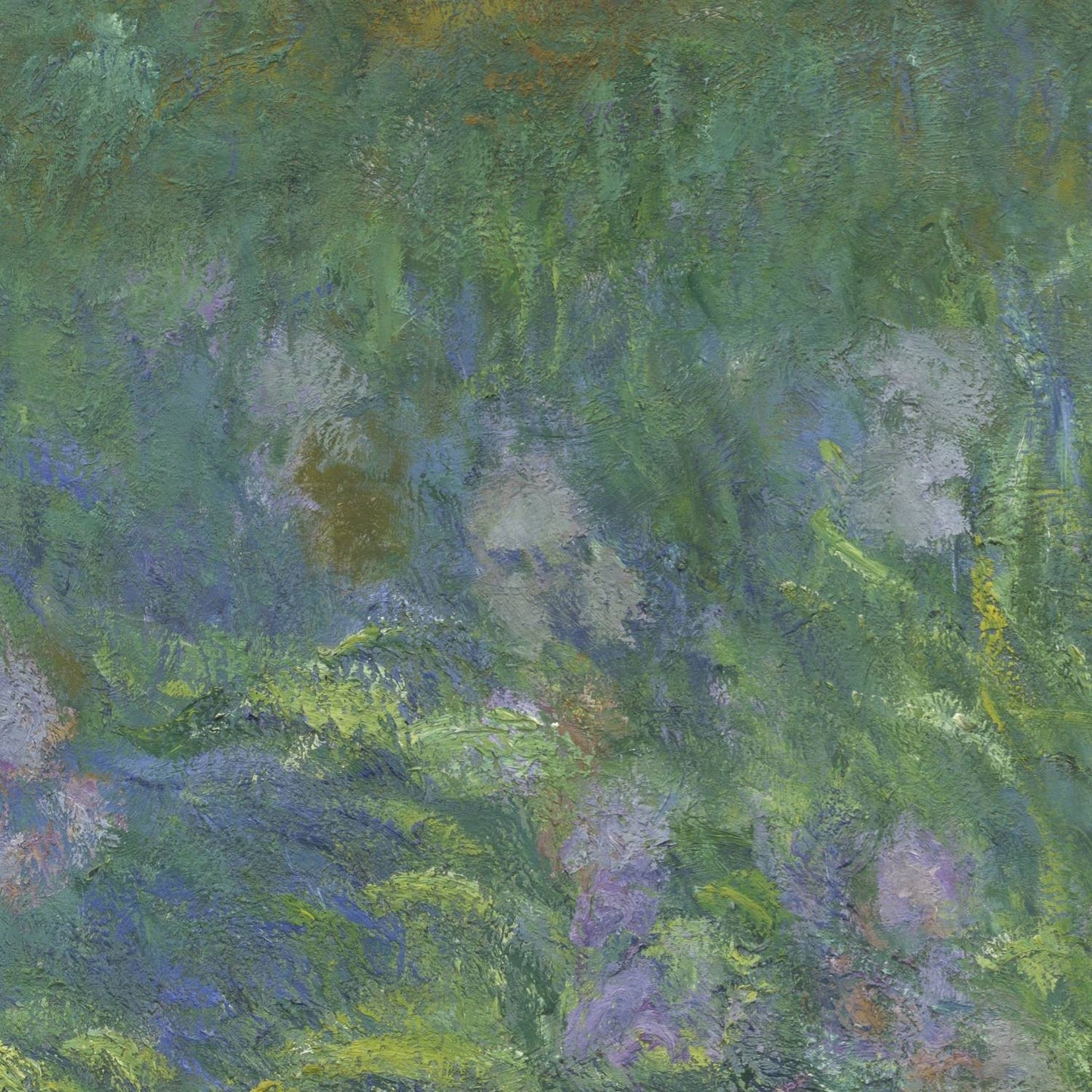
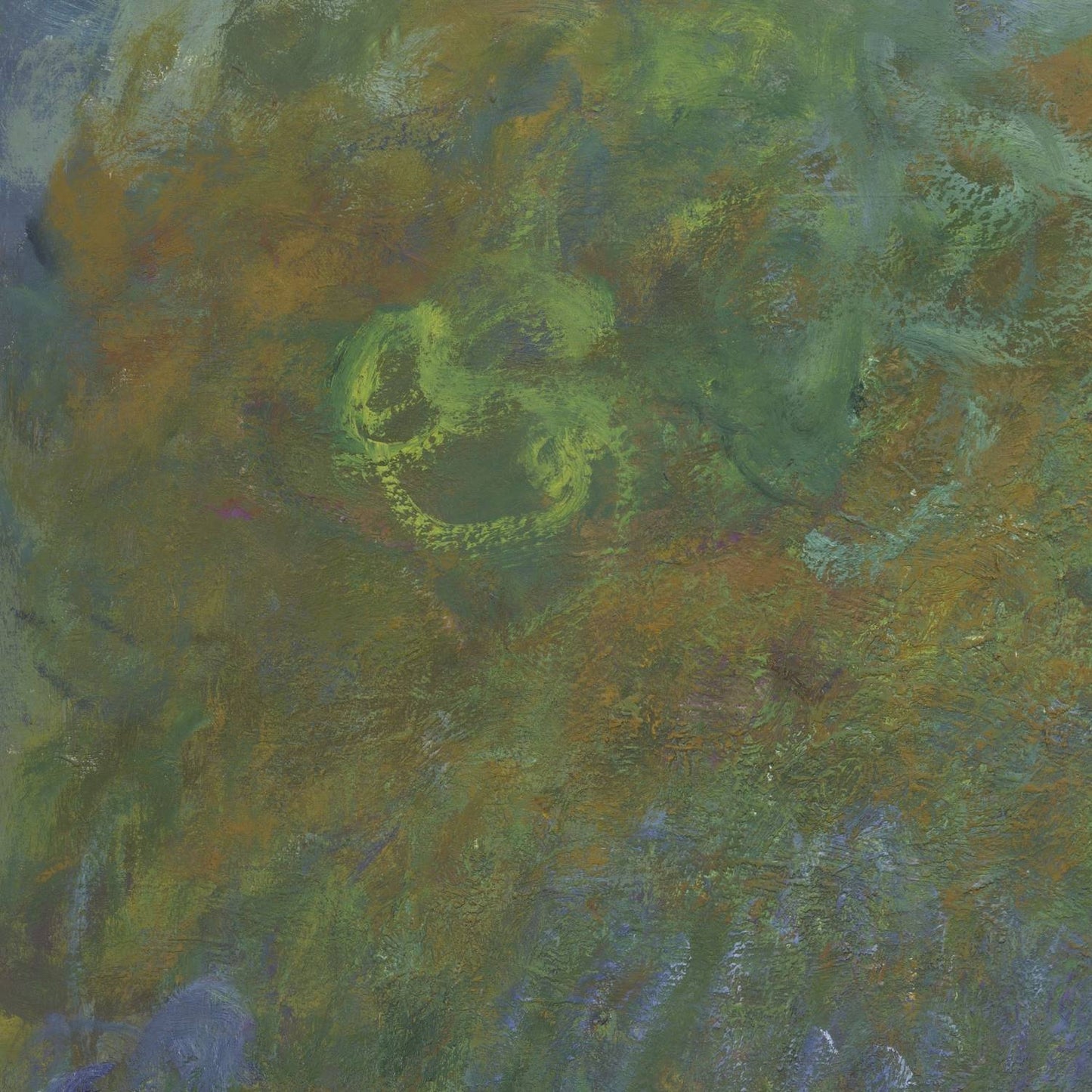
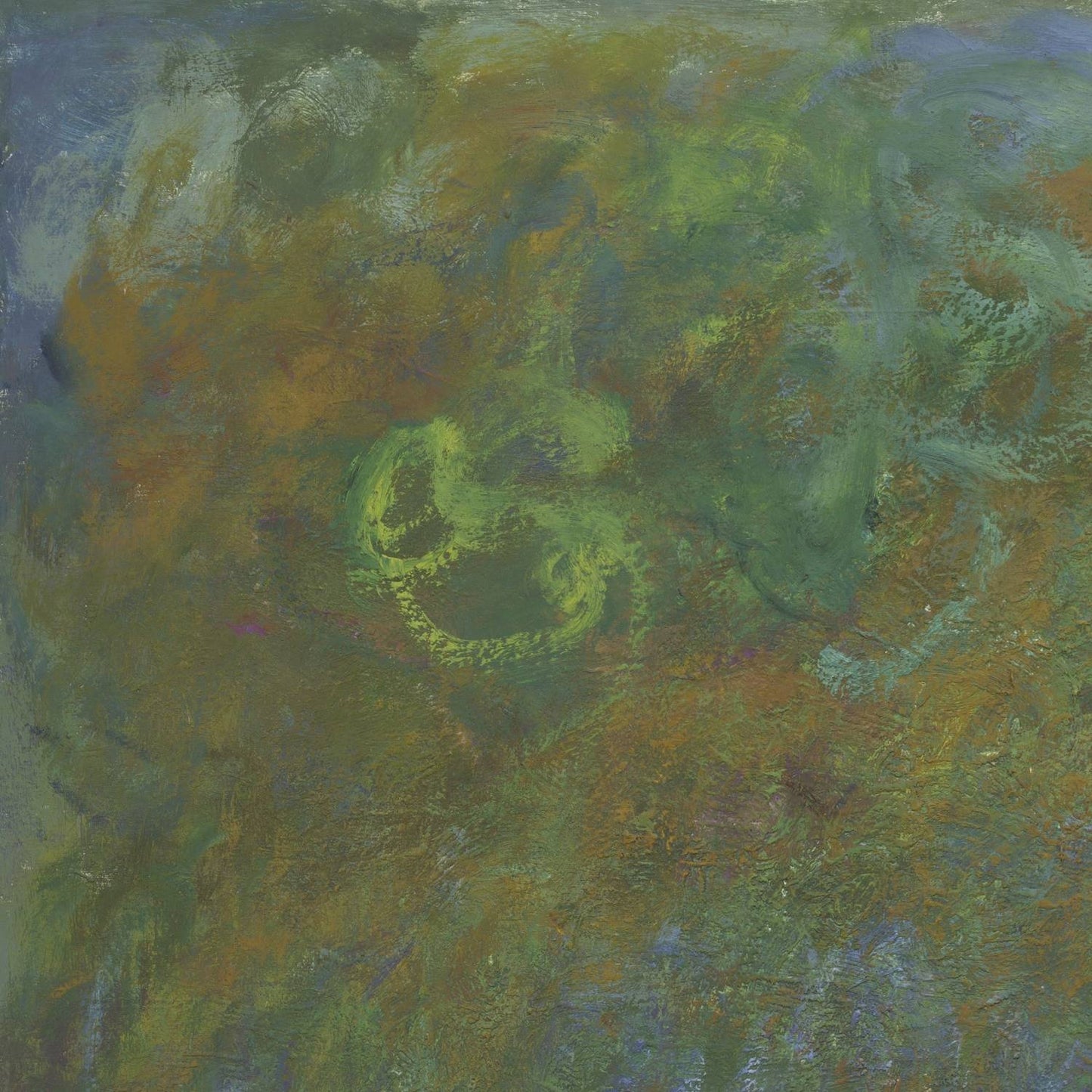
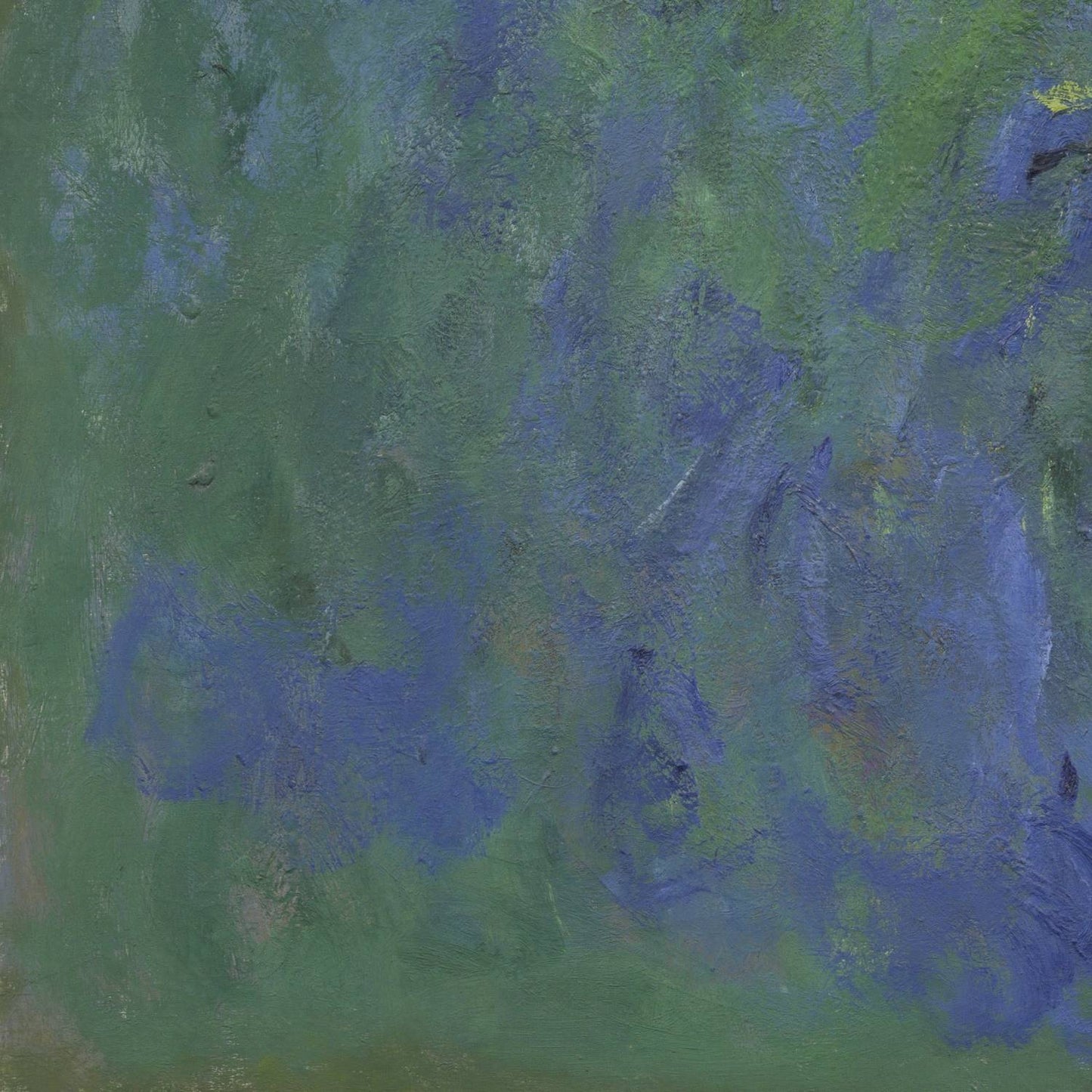
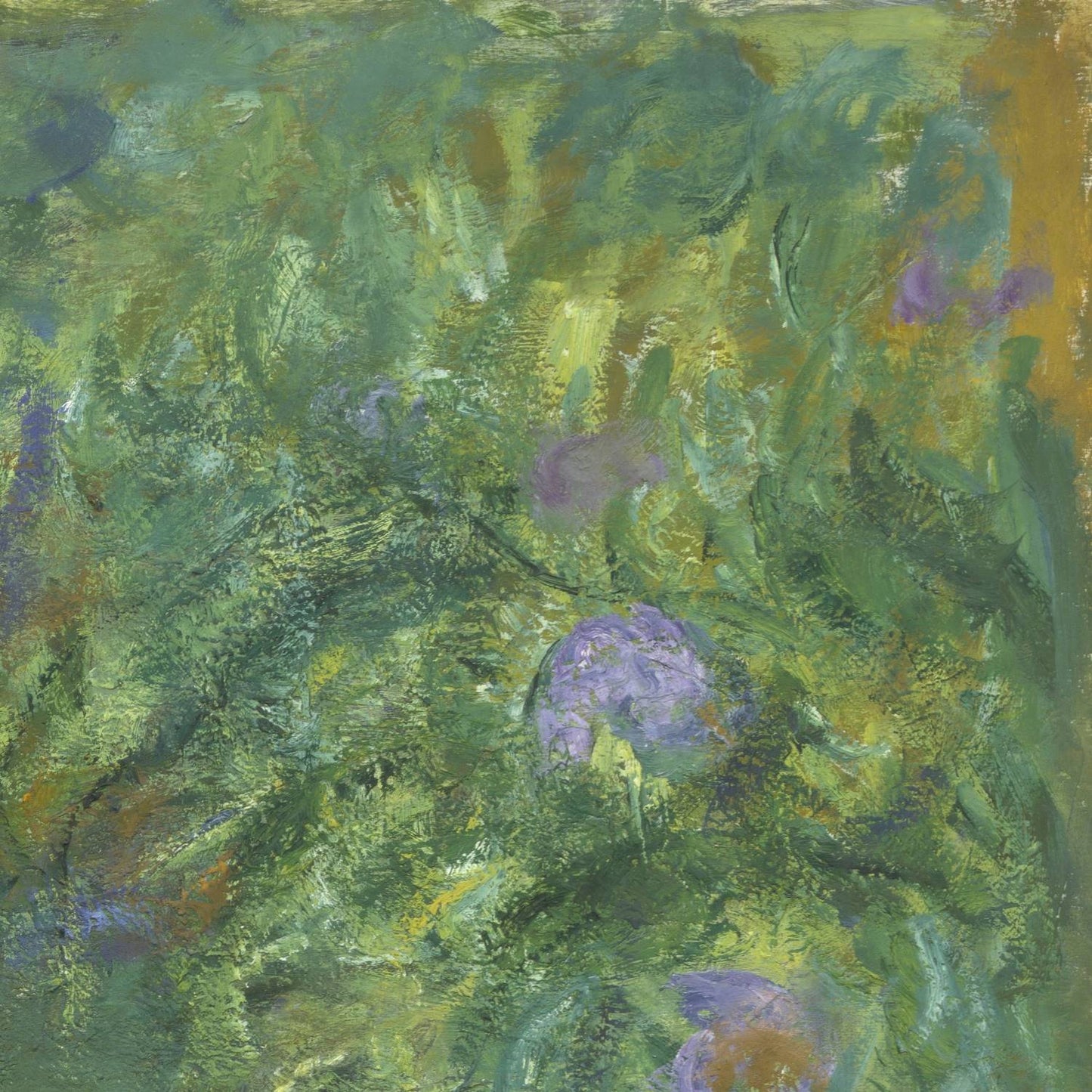
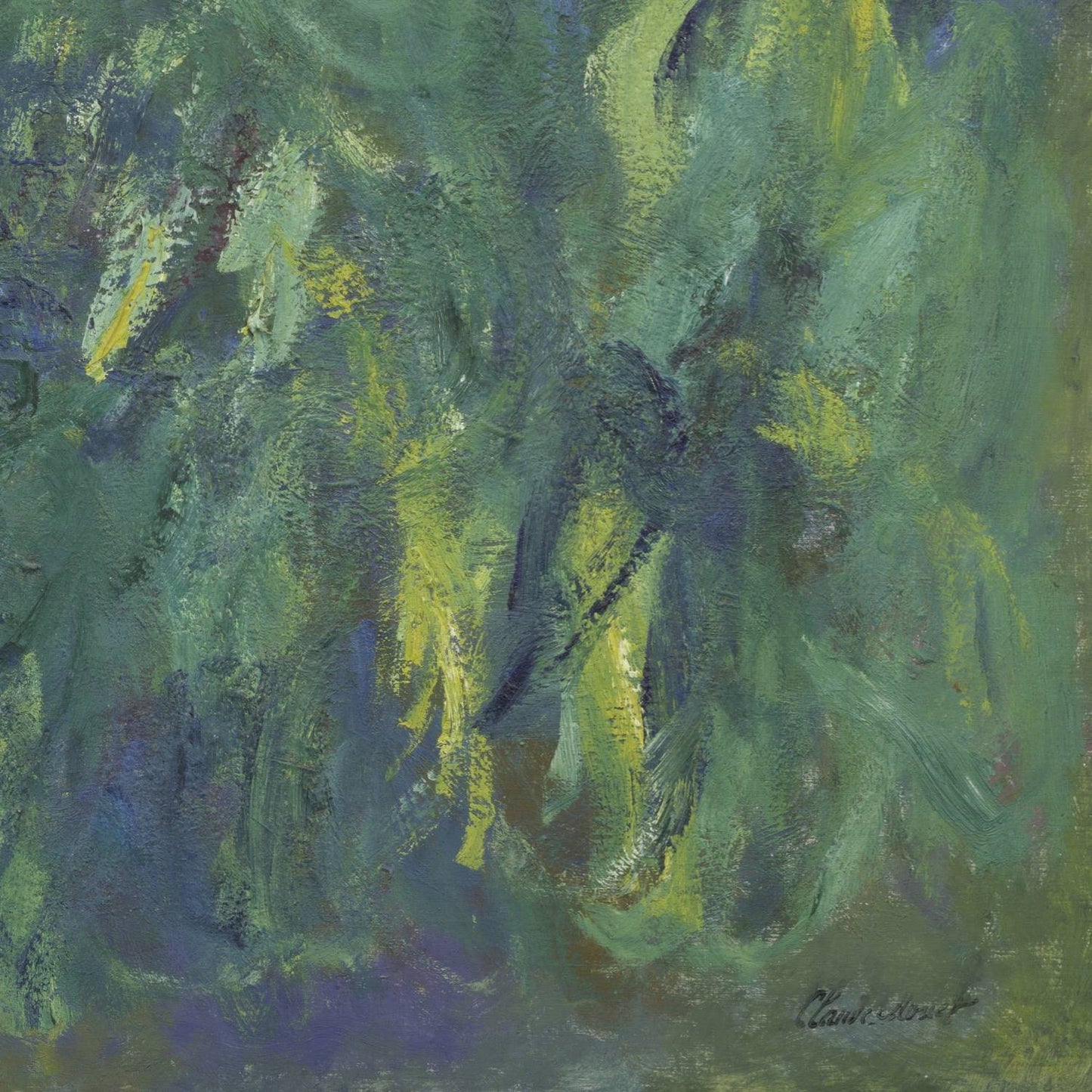
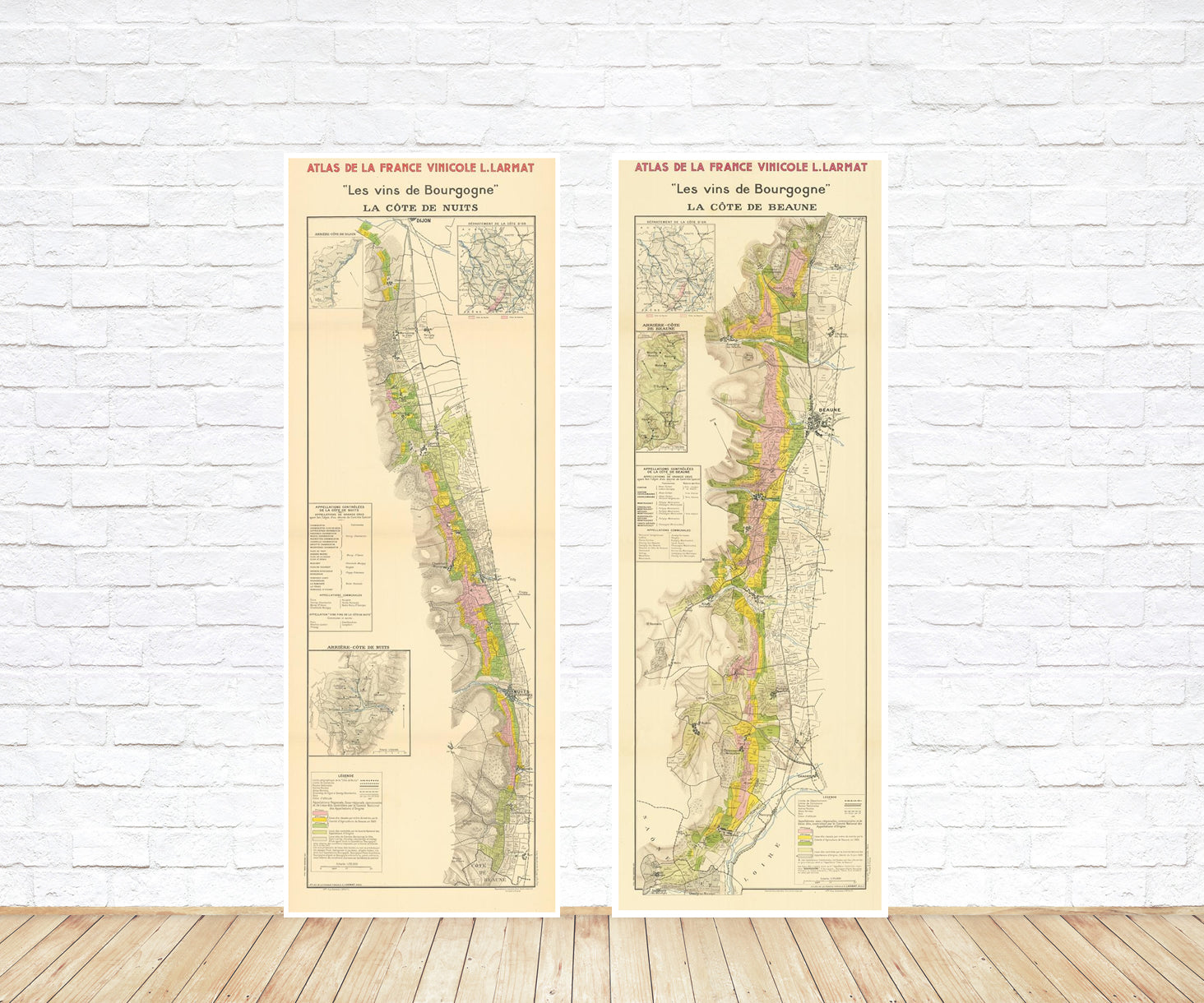
Wine maps
Explore the rich history of wine through centuries-old maps. Dive into the heritage, culture, and geography of wine regions with our collection of vintage wine maps.
These meticulously preserved historical treasures offer a window into the evolution of viticulture, showcasing how wine regions have transformed over the centuries.
-
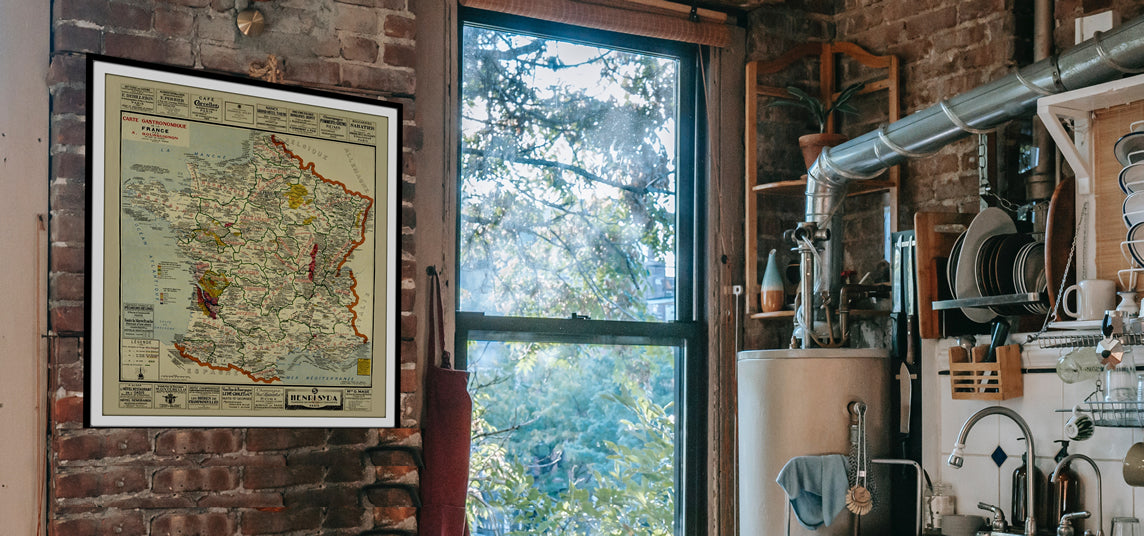
Gastronomic maps
Dive into a world of culinary exploration with our collection of gastronomic maps – your passport to gastronomic adventures like no other. Discover the intricate art of cheese-making and the exquisite world of gourmet delights through our meticulously curated Cheese Maps and Gastronomic Maps.
-

Empires maps
Travel through history as you explore the territorial expanse, conquests, and cultural influences of some of the world's most powerful civilizations. Our antique maps bring the epic tales of empires to life, offering a captivating glimpse into the rise and fall of these extraordinary realms. See all empires maps >

